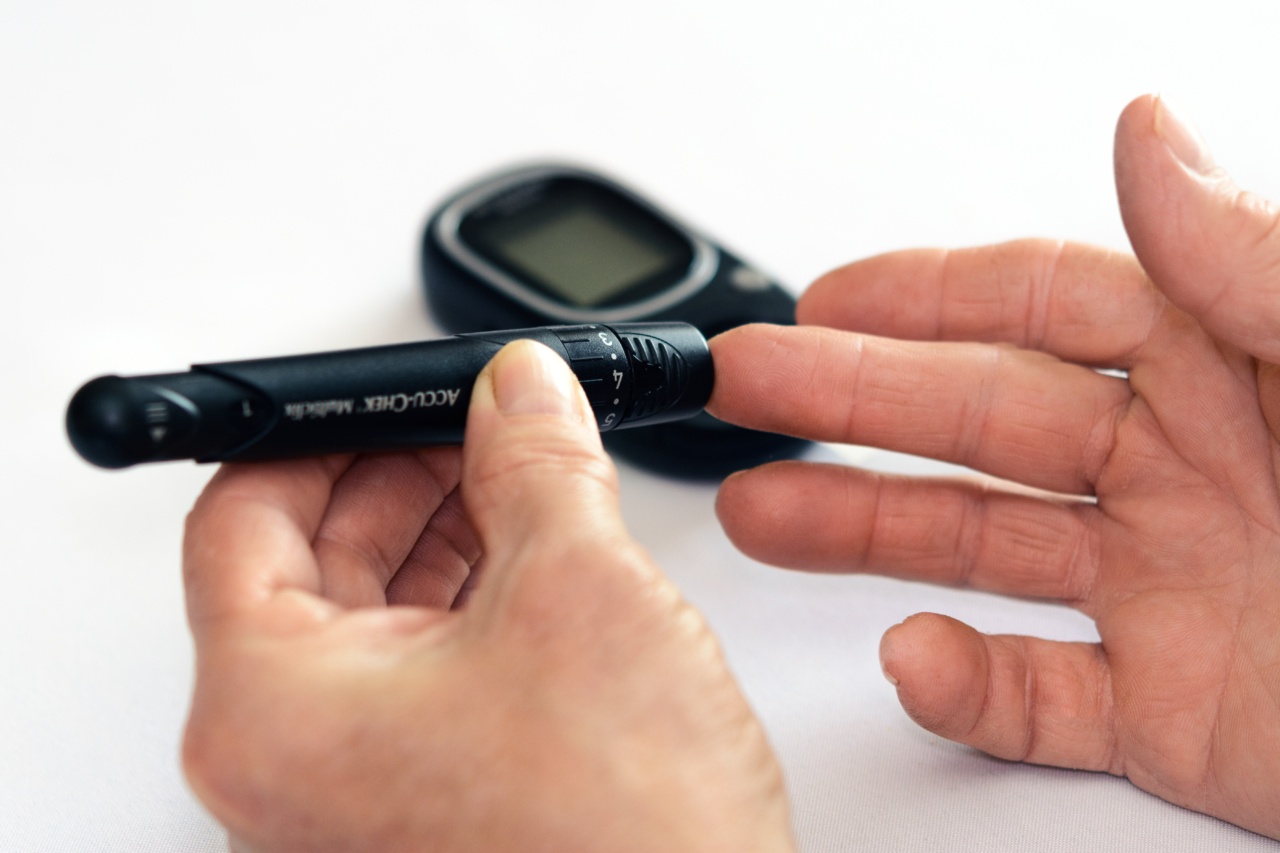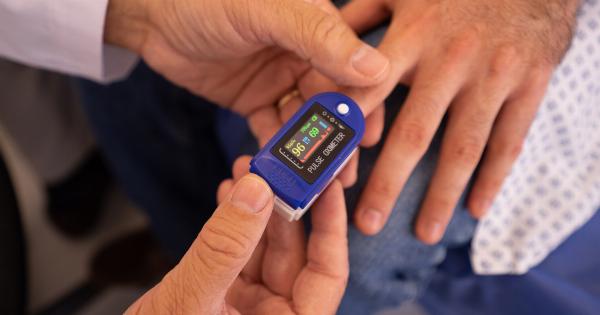Diabetes Mellitus, often referred to as diabetes, is a chronic metabolic disorder characterized by high blood sugar levels.
If left unmanaged or undiagnosed, diabetes can lead to significant health complications, including nerve damage and poor circulation. One area of the body that is particularly susceptible to diabetes-related complications is the feet. Therefore, it is crucial for individuals with diabetes to prioritize foot health in their prevention and treatment strategies.
The Impact of Diabetes on Foot Health
Diabetes can lead to various foot-related problems due to the potential damage it causes to the nerves and blood vessels.
Elevated blood sugar levels can impair the nerves responsible for providing sensation to the feet, leading to a condition called diabetic neuropathy. Numbness, tingling, and loss of feeling in the feet are common symptoms of this condition, making it easy to overlook cuts, sores, or infections that can worsen rapidly.
Poor blood sugar control in diabetes can also lead to peripheral artery disease (PAD), a condition where the arteries that supply blood to the legs and feet become narrow or blocked.
PAD can hinder wound healing and increase the risk of developing infections. In severe cases, it can even lead to tissue death (gangrene) or the need for amputation.
Preventing Foot Complications in Diabetes
Prevention is crucial when it comes to foot complications in diabetes. By adopting proactive measures and making certain lifestyle changes, individuals can significantly reduce the risk of developing foot problems.
Here are a few key strategies that can help prevent foot complications:.
1. Regular Foot Examination
People with diabetes should have their feet examined by a healthcare professional regularly. Routine foot examinations can help identify any issues at an early stage and prevent them from worsening.
2. Daily Foot Care Routine
Following a daily foot care routine is essential for individuals with diabetes.
This routine should include washing the feet with warm water, thoroughly drying them (especially between the toes), moisturizing the skin, and regularly inspecting the feet for any cuts, sores, or other abnormalities.
3. Proper Nail and Skin Care
Trimming toenails straight across and gently filing the edges can help prevent ingrown toenails. However, individuals with diabetes should consider having a podiatrist trim their nails to reduce the risk of accidental cuts.
Additionally, moisturizing the skin can prevent dryness and cracking.
4. Choosing the Right Footwear
Proper footwear is essential for individuals with diabetes to prevent foot complications. Shoes should fit well, provide adequate support and cushioning, and have a wide toe box to avoid excessive pressure on the toes.
It is important to avoid walking barefoot and to inspect shoes for any foreign objects before wearing them.
5. Regular Physical Activity
Engaging in regular physical activity, as recommended by a healthcare professional, can improve blood circulation and strengthen the muscles in the feet.
It is essential to choose activities that are suitable for individual fitness levels and consider wearing appropriate footwear during exercise.
Diabetes Foot Care: When to Seek Medical Attention
While preventive strategies play a vital role in preserving foot health, it is crucial to be aware of the signs that require medical attention. Individuals with diabetes should seek prompt medical care if they experience any of the following:.
1. Open sores or non-healing wounds
If a wound, ulcer, or sore on the foot does not show signs of healing within a reasonable timeframe, it is essential to consult a healthcare professional. Delayed wound healing can increase the risk of infection.
2. Increased redness, swelling, or warmth
These symptoms may indicate an infection or inflammation. Prompt medical attention is necessary to prevent complications.
3. Persistent numbness or tingling
If numbness or tingling in the feet persists or worsens, it is important to inform a healthcare professional. This may be a sign of nerve damage or other underlying conditions.
4. Changes in foot color or temperature
If the foot appears discolored or feels unusually warm or cold, it may signal circulation problems. Medical evaluation is necessary in such cases.
Conclusion
Managing diabetes involves more than just controlling blood sugar levels. It requires a comprehensive approach that includes the prioritization of foot health.
By following preventive strategies, adopting a daily foot care routine, and promptly seeking medical attention when necessary, individuals with diabetes can significantly reduce the risk of foot complications. Foot health should always be an integral part of diabetes prevention and treatment plans.






























